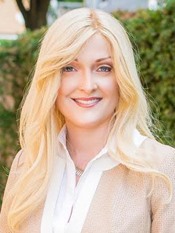Program Information
Task Group 158: Measurement and Calculation of Doses Outside the Treatment Volume From External-Beam Radiation Therapy Treatment
R Howell1*, S Kry2*, B Bednarz3*, (1) UT MD Anderson Cancer Center, Houston, TX, (2) MD Anderson Cancer Ctr., Houston, TX, (3) University of Wisconsin, Madison, WI
Presentations
TH-F-304-0 (Thursday, July 16, 2015) 2:00 PM - 2:50 PM Room: 304
The introduction of advanced techniques and technology in radiotherapy has greatly improved our ability to deliver highly conformal tumor doses while minimizing the dose to the adjacent organs at risk. Despite these tremendous improvements there remains a general concern about doses to normal tissues outside the target volume. As patients live longer after treatment, there is increased opportunity for late effects including second cancers and cardiac toxicity to manifest. Complicating the management of these issues, there are unique challenges with measuring, calculating, and reducing non-target doses that many medical physicists may have limited experience with. Task Group (TG) 158, measurement and calculation of doses outside the treatment volume from external-beam radiation therapy was created to provide guidance for physicists in terms of assessing and managing non-target doses. This education session would highlight the major topics included TG-158.
The principal objective for this session will be to provide guidance for medical physicists in terms of assessing and managing non-target doses.
Learning Objectives:
1. To highlight major concerns with non-target radiation and provide a rough estimate of doses associated with different treatment approaches in clinical practice.
2. To discuss (a) uses of dosimeters and phantoms for measuring photon, electron, and neutron doses and (b) the use of calculation techniques (including Monte Carlo) for dosimetric evaluations.
3. To highlight techniques that may be considered for reducing non-target doses and summarize TG158 recommendations for both clinical and research practice.
Contact Email:







